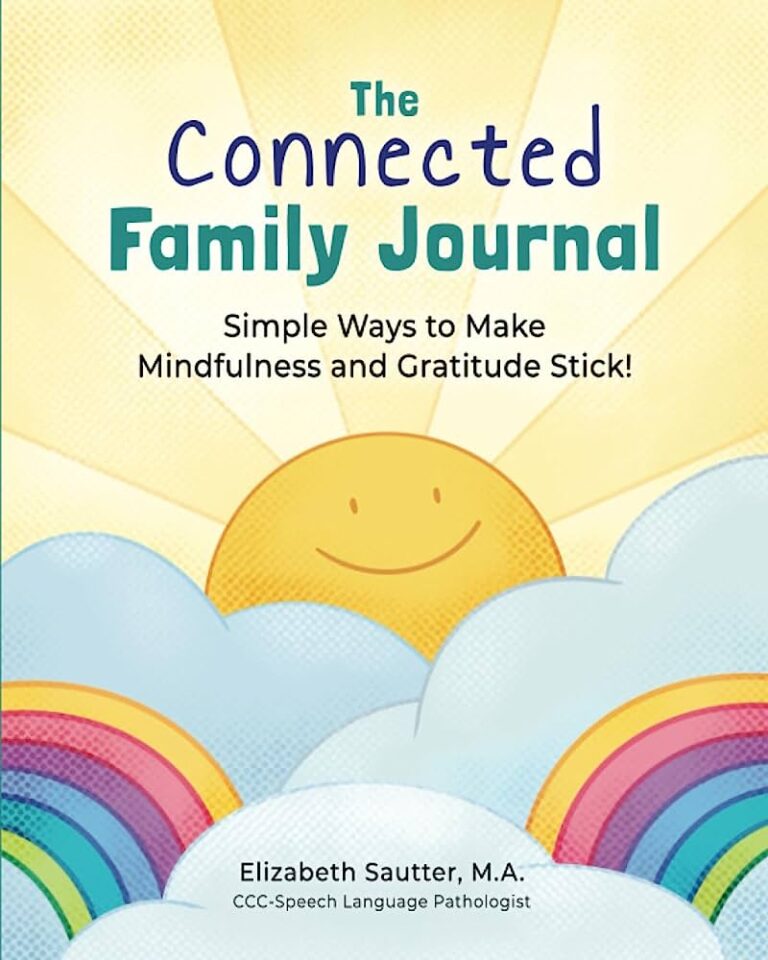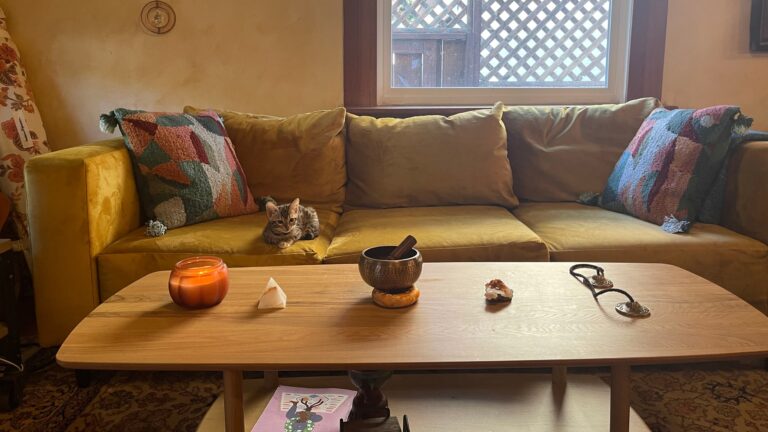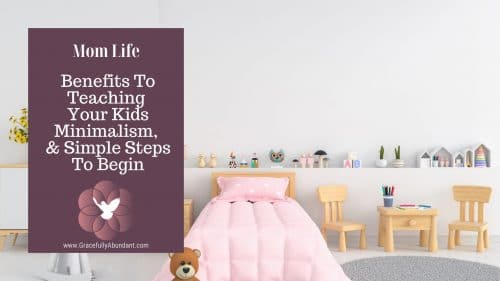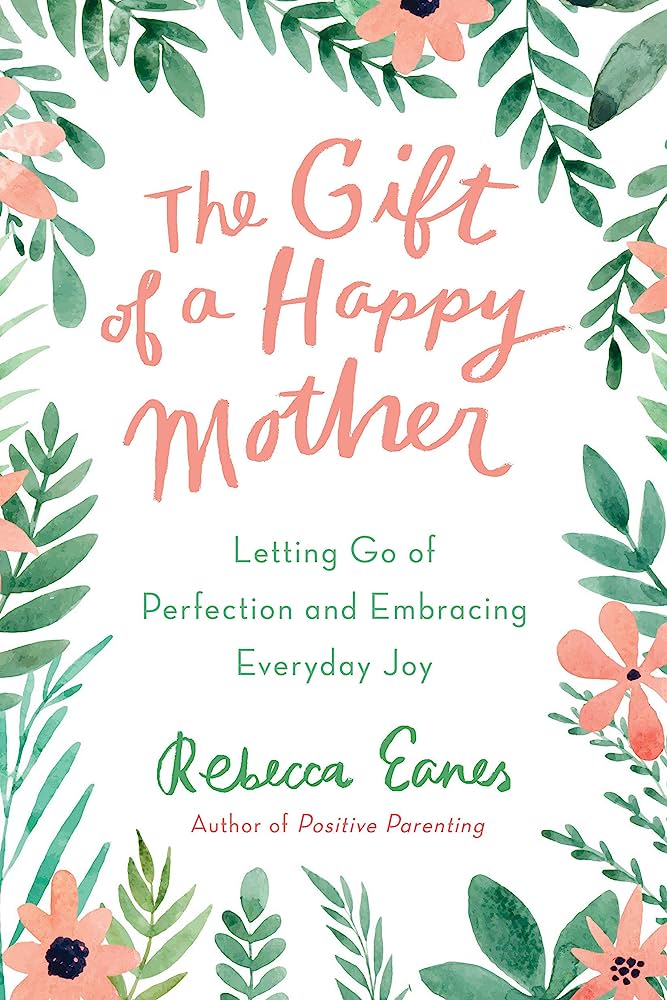Minimizing Clutter: Tips for Creating a Minimalist Home with Kids
Originally posted on 06/07/2023 @ 03:40
Introduction
Understanding the concept of minimalism
Understanding the concept of minimalism is crucial when embarking on the journey of creating a minimalist home, especially when you have kids. Minimalism is not about depriving oneself or living in an empty space; rather, it is a deliberate and mindful approach to living with less. It involves decluttering and simplifying our surroundings, focusing on what truly adds value to our lives. By embracing minimalism, we can teach our children the importance of prioritizing experiences and relationships over material possessions, fostering a sense of contentment, and promoting a more organized and peaceful living environment for the entire family.
Benefits of a minimalist home
Benefits of a minimalist home include creating a calm and peaceful environment for both parents and children. By reducing clutter and excess belongings, a minimalist home allows for better organization and easier maintenance, freeing up valuable time and energy. With fewer distractions, children can focus on their activities and studies, promoting a more productive and focused mindset. Additionally, a minimalist home encourages creativity and imagination, as children have the space and freedom to explore their interests and engage in unstructured play. Moreover, a minimalist lifestyle teaches children the value of simplicity, gratitude, and mindful consumption, fostering a sense of responsibility and appreciation for the things they have. Overall, embracing minimalism in a home with kids can lead to a more harmonious and balanced family life.
Challenges of maintaining a minimalist home with kids
Maintaining a minimalist home with kids can present its fair share of challenges. One of the main obstacles is the constant influx of toys and belongings that seem to accumulate on a daily basis. Children naturally have a tendency to accumulate items, whether it be through gifts, school projects, or their own personal interests. Additionally, the desire to hold onto sentimental items or toys that they have outgrown can make it difficult to maintain a clutter-free environment. Balancing the need for a minimalist home with the desire to provide a nurturing and stimulating environment for children can be a delicate task. However, with some thoughtful strategies and open communication, it is possible to overcome these challenges and create a harmonious living space that promotes both simplicity and a sense of joy for the entire family.
Decluttering Strategies
Getting started with decluttering
Getting started with decluttering can be a daunting task, especially when you have kids. However, creating a minimalist home with children is not only possible but also beneficial for the entire family. To begin, it’s essential to involve your kids in the process, teaching them the importance of organization and letting go of unnecessary items. Start by designating specific areas for toys, books, and clothes, and encourage your children to sort through their belongings, keeping only what they truly need or love. By instilling these habits early on, you are not only minimizing clutter but also teaching your kids valuable life skills that will benefit them in the long run.
Involving kids in the decluttering process
Involving kids in the decluttering process is not only a practical way to minimize clutter but also an opportunity to teach them valuable life skills. Start by explaining the concept of decluttering and why it is important to have a clean and organized living space. Encourage them to actively participate by assigning age-appropriate tasks such as sorting toys, clothes, or books into keep, donate, or discard piles. Make it a fun and interactive experience by turning it into a game or challenge. By involving kids in the decluttering process, they will develop a sense of responsibility, learn the importance of letting go of unnecessary items, and gain a better understanding of the benefits of a minimalist lifestyle.
Creating designated spaces for toys and belongings
Creating designated spaces for toys and belongings is essential when striving for a minimalist home with kids. By assigning specific areas for toys and belongings, you can effectively minimize clutter and maintain an organized living environment. Consider incorporating storage solutions such as bins, shelves, or cubbies to keep toys and items neatly arranged. Encourage your children to participate in the organization process by teaching them to return toys to their designated spaces after use. This not only instills a sense of responsibility but also helps them develop good habits of tidiness. Additionally, labeling storage containers can make it easier for both children and adults to locate and put away items. By creating designated spaces for toys and belongings, you can strike a balance between a minimalist aesthetic and a child-friendly home.
Organizational Solutions
Utilizing storage containers and bins
Utilizing storage containers and bins is a practical and effective way to maintain a minimalist home with kids. By investing in high-quality storage solutions, such as clear plastic containers or stylish woven baskets, you can easily organize and store your children’s toys, books, and other belongings. Labeling each container or bin can further streamline the process, making it easier for both you and your kids to find and put away items. Additionally, consider utilizing under-bed storage or wall-mounted shelves to maximize space and keep the floor clear. By incorporating storage containers and bins into your home, you can create a clutter-free environment that promotes a sense of calm and order, while still allowing your children to enjoy their belongings.
Implementing a rotating toy system
Implementing a rotating toy system can be a game-changer when it comes to creating a minimalist home with kids. This system involves having a limited number of toys available to children at any given time, while the rest are stored away. By rotating the toys on a regular basis, not only does it help to minimize clutter, but it also keeps children engaged and interested in their toys for longer periods. This approach encourages creativity and imagination as children learn to make the most of the toys they have, rather than being overwhelmed by an abundance of options. Additionally, a rotating toy system can teach children the value of taking care of their belongings and appreciating what they have, as they eagerly anticipate the arrival of new toys when the rotation occurs. Overall, implementing a rotating toy system is a practical and effective way to maintain a minimalist home while still providing children with a stimulating and enjoyable play environment.
Establishing a daily cleanup routine
Establishing a daily cleanup routine is essential for maintaining a minimalist home, especially when you have kids. By implementing a consistent routine, you can teach your children the importance of tidiness and instill good habits from an early age. Start by designating specific times throughout the day for tidying up, such as before meals or before bedtime. Encourage your children to take responsibility for their own belongings by assigning age-appropriate tasks, such as putting away toys or organizing their school supplies. Make the cleanup process fun and engaging by turning it into a game or playing upbeat music in the background. Additionally, providing clear instructions and setting realistic expectations will help your children understand what is expected of them. With a daily cleanup routine in place, you can create a harmonious and clutter-free environment for your family to enjoy.
Sustainable Practices
Adopting a ‘one in, one out’ policy
Adopting a ‘one in, one out’ policy is a practical approach to maintaining a minimalist home with kids. This policy encourages the family to carefully consider new items before bringing them into the house. By implementing this rule, parents can teach their children the value of mindful consumption and the importance of decluttering. Whenever a new toy, clothing item, or any other possession is acquired, an older item must be donated, sold, or discarded. This not only helps to prevent unnecessary accumulation of belongings but also instills a sense of responsibility and gratitude in children. By regularly reassessing their possessions and making intentional choices, families can create a clutter-free environment that promotes simplicity and a more peaceful living space.
Encouraging mindful consumption
Encouraging mindful consumption is an essential aspect of creating a minimalist home, especially when raising children. By teaching our kids to be conscious of their consumption habits, we can instill in them a sense of responsibility and appreciation for the things they own. One effective way to promote mindful consumption is by involving children in the decision-making process when it comes to purchasing new items. Encourage them to think critically about whether they truly need an item or if it will bring long-term value to their lives. Additionally, setting limits on the number of toys or possessions they can have can help foster a sense of contentment and prevent excessive clutter. By teaching our children to be mindful consumers, we not only create a more minimalist home but also equip them with valuable life skills that will benefit them in the long run.
Donating or repurposing unwanted items
Donating or repurposing unwanted items is a crucial step in creating a minimalist home with kids. By teaching children the value of letting go of items they no longer need or use, we can instill in them a sense of gratitude and a desire to help others. Encourage your children to actively participate in the process by sorting through their toys, clothes, and books, and discussing the importance of giving to those in need. Donating these items to local charities or shelters not only reduces clutter but also teaches children about compassion and empathy. Additionally, repurposing unwanted items can be a creative and sustainable way to minimize waste. Consider transforming old furniture into something new or repurposing containers for storage solutions. By involving your children in these activities, you can foster their creativity and resourcefulness while maintaining a minimalist and clutter-free home.
Designing a Minimalist Kid-Friendly Space
Choosing functional and durable furniture
When it comes to creating a minimalist home with kids, choosing functional and durable furniture is essential. Opting for furniture pieces that serve multiple purposes can help maximize space and reduce clutter. Look for items such as storage ottomans or coffee tables with built-in compartments to store toys and other items. Additionally, selecting furniture made from durable materials like solid wood or metal can withstand the wear and tear that comes with having children. Investing in furniture that is both functional and durable ensures that it will last for years to come, making it a smart choice for a minimalist home with kids.
Optimizing storage solutions for toys and crafts
Optimizing storage solutions for toys and crafts is essential when creating a minimalist home with kids. One effective strategy is to invest in multifunctional furniture that doubles as storage units. For example, ottomans with hidden compartments or coffee tables with built-in drawers can provide a stylish way to keep toys and art supplies out of sight when not in use. Additionally, utilizing wall space is key in minimizing clutter. Installing floating shelves or hanging baskets can create designated areas for toys and crafts, making it easier for children to access and put away their belongings. By implementing these storage solutions, parents can maintain a clean and organized living space while still allowing their kids to enjoy their toys and creative activities.
Incorporating minimalist decor and color schemes
Incorporating minimalist decor and color schemes into your home can be a game-changer when it comes to creating a clutter-free and calming environment for your family. Opting for clean lines, simple furniture, and functional pieces can help you achieve a minimalist aesthetic. Consider choosing neutral colors such as whites, grays, and earth tones for your walls, furniture, and accessories. These colors not only create a sense of serenity but also provide a versatile backdrop for any future changes or additions to your home decor. By embracing minimalist decor and color schemes, you can create a visually pleasing space that promotes a sense of tranquility and fosters a more organized and peaceful atmosphere for both you and your children.
Maintaining a Minimalist Home with Kids
Establishing and enforcing organization rules
Establishing and enforcing organization rules is crucial when creating a minimalist home with kids. By setting clear expectations and guidelines for organization, parents can help their children develop good habits and maintain a clutter-free environment. Start by designating specific spaces for toys, books, and other belongings, and teach children to return items to their designated spots after use. Encourage regular decluttering sessions together, where kids can learn the importance of letting go of items they no longer need or use. Consistency is key in enforcing these rules, so parents should lead by example and consistently reinforce the importance of organization. By instilling these habits early on, children can develop a sense of responsibility and appreciation for a minimalist lifestyle that will benefit them throughout their lives.
Teaching kids the value of minimalism
Teaching kids the value of minimalism is an essential step towards creating a harmonious and clutter-free home environment. By instilling the principles of minimalism in our children, we can help them develop a sense of appreciation for the things they truly need and cherish, while also fostering a mindset of simplicity and mindful consumption. One effective way to teach kids about minimalism is by involving them in the decluttering process. Encourage them to evaluate their belongings and make conscious decisions about what to keep, donate, or discard. By doing so, children can learn to prioritize quality over quantity, understand the importance of letting go of unnecessary possessions, and develop a greater sense of gratitude for what they have. Additionally, engaging in activities that promote minimalism, such as organizing their own spaces or participating in donation drives, can further reinforce the value of living with less and encourage a more mindful approach to acquiring and maintaining possessions.
Regularly reassessing and decluttering
Regularly reassessing and decluttering is an essential practice for maintaining a minimalist home, especially when you have kids. As children grow and their interests change, it is important to regularly evaluate their belongings and eliminate any items that are no longer used or loved. Set aside dedicated time every few months to go through each room, including play areas, bedrooms, and storage spaces, and involve your children in the process. Encourage them to make decisions about what they truly need and what can be donated or passed on to others. By regularly reassessing and decluttering, you not only create a more organized and peaceful living environment, but you also teach your children valuable lessons about the importance of simplicity and mindful consumption.







